On Monday, January 21, a referendum on autonomy for the Mindanao region was held in the Philippines. Locals voted on whether or not they support the creation of a self-governing region in Mindanao for the island’s Muslim majority region.
The results will be announced on January 26, with 2.8 million Muslims already having participated in the referendum.
If the referendum is adopted, a second round will be held on February 6, 2019, in Lanao del Norte and six other municipalities in Cotabato.
The Mindanao Conflict
The conflict in Mindanao has gone on for 40 years, resulting in more than 120,000 deaths.
The island was under strong Buddhist influence until the 14th century when Islam became the dominant religion. By then the end of the 18th century, Mindanao fell victim to Spanish colonization. The island also survived American occupation at the beginning of the 20th century and Japanese intervention during the Second World War.

However, in addition to external problems, the island is known for intra-ethnic conflicts. The island was inhabited mainly by the Moro people, but in the 20th century, other Filipino natives began to force them out. The Muslim population also declined due to the appearance of Christians on the island, whose higher birth rate facilitated major demographic change. The island remains replete with extreme ethnic and religious tensions.
The Moro National Liberation Front and the Moro Islamic Liberation Front (MILF) have been active on the island since the 1970s- the most radical movements advocating separation of the southern part from the Philippines in order to form of a new Islamic state.
In 1989, the Autonomous Region in Mindanao was created for the Muslim population. In 2001, a referendum was held which expanded its borders.
In March 2000, President Estrada declared an “All Out War” against the Moro Islamic Liberation Front (MILF) after they took credit for a series of terrorist attacks.
By 2008, people expected a new peace agreement in Kuala Lumpur, which would have signaled consensus between the government of Gloria Macapagal-Arroyo and MILF members (30 delegates). However, on August 4, 2008, the Supreme Court of the Philippines in Manila promulgated a memorandum stating that the agreement would not have any legal force since it contradicted the country’s constitution and could lead to the disintegration of the Philippines. The agreement has still not been signed. After that, the MILF, consisting of approximately 12,000 militants, stepped up its military activities.
Duterte declared a state of emergency over the entire island in 2017 following a large scale terrorist siege.
The situation today
The Muslim districts of Mindanao are among the most volatile and poor in Southeast Asia, lacking infrastructure, jobs and schools. According to the government, more than half of the families in the region live in poverty, while the national average is only 21.6%. In 2015–2016, the region had the lowest results in secondary education, and only one-third of young people were reported as being enrolled in school at all.
The role of the referendum
If the voters approve the referendum, then the autonomous government of Mindanao will be named Bangsamoro (“The People of Moro”), boarding and deepening the autonomy of the Muslim majority region. Residents require broader powers in the economic, financial, social, cultural and educational spheres. Sharia courts will also function here. The locals say that that the Moro people are choosing “between food and guns” – if the referendum is adopted, the fighters will finally be able to spend their energy on something besides combat.
“These people will be compelled to disarm and start peaceful life to earn for their families’ stable foods, education, health and other necessities when their communities are characterized by responsive governance,” MILF chairman Murad Ebrahim said.
In the even of a yes vote, the central government will manage only defense, security, financial and monetary policy in the region. In the transition period, power will be in hands of temporary body, according to an agreement between Manila and the MILF. The new administration of the autonomous region will be formed in the elections scheduled for 2022.
Philippines’ President Rodrigo Duterte openly declared his support, urging residents to vote for the autonomy of the region.
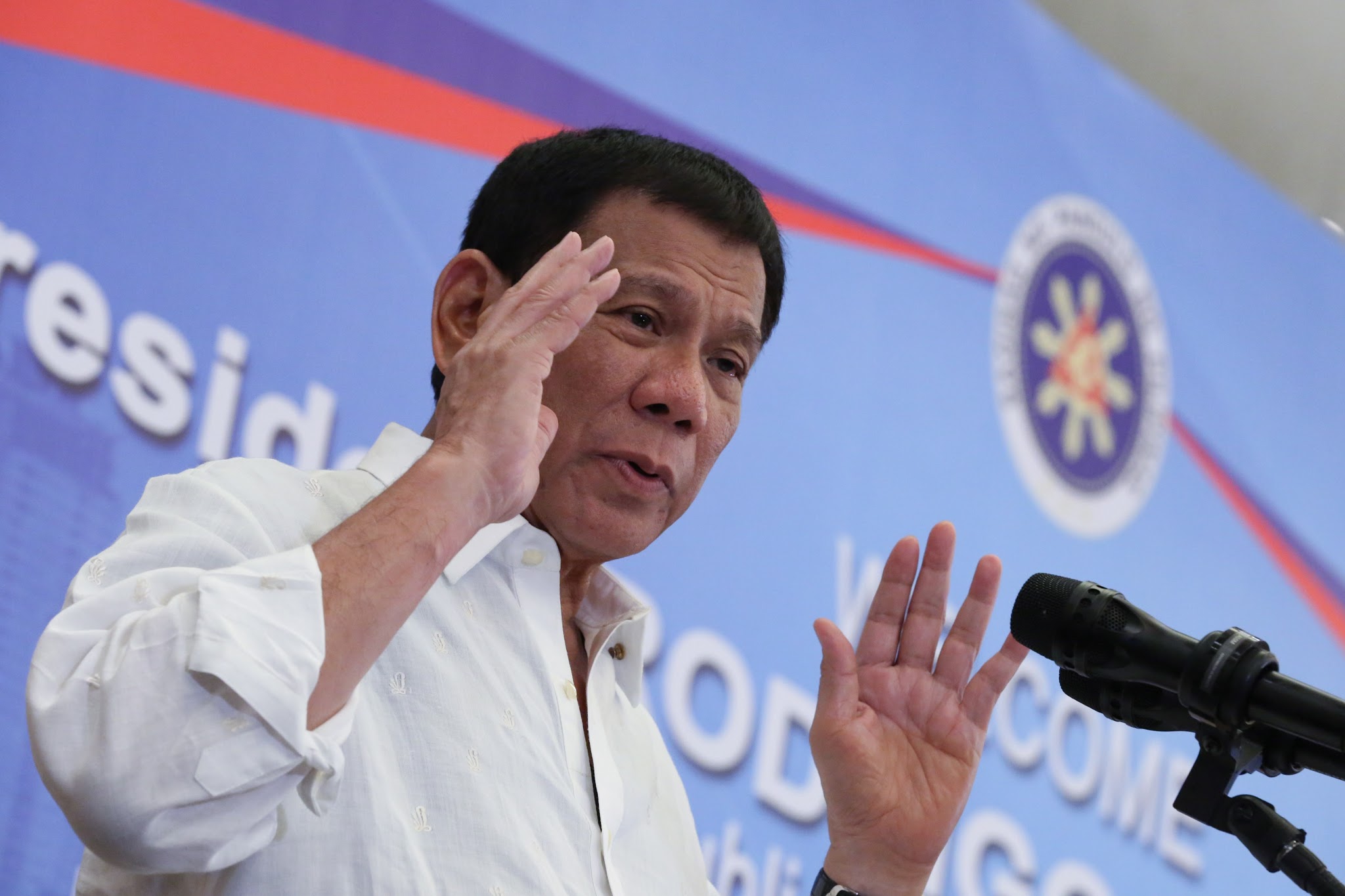
He noted that the Mindanao community is committed to “peace, development and local governance, which represents and understands the needs of the Muslim community.” The president’s goal is to prevent extremist groups from undermining the authority and legitimacy of regional power by granting autonomy.
Forecasts
The referendum has the potential to end the long and bloody conflict plaguing the island. It can reduce tensions in the region, and begin a process of stabilization. Philippines’ authorities hope that by managing its own affairs, the region will gain more power, resources and political will to solve the myriad of problems confronting it, such as goods shortages and lack of government infrastructure. The change may also spur increased private investment, especially in agriculture and mining.
However, even in the event of a yes vote, Internal contradictions will remain, and it is impossible to expect immediate results after years of separatist, Islamist and Maoist rebellion.
About 60% of the population of the Philippines are Christian (mostly Catholics), with Muslims making up about 24%. Stark demographic differences lead political skeptics to believe that the change would only highlight long-term political rivalries. The demobilization of the armed rebels in the transition process could also spark discontent among radicals. Any instability in the region could be seen as an opening for the Islamic State.
If the referendum fails, experts predict a long and drawn out continuation of the conflict in its present form.
Rodrigo Duterte is the first president who actually comes from Mindanao and marks the best chance residents have had for serious change. Duterte is on good terms with separatist leaders and, although he is not a Muslim himself, he often says that his late grandmother is from the Bangsamoro area. We will soon see if his close ties to the region are enough to quell the seemingly endless conflict.







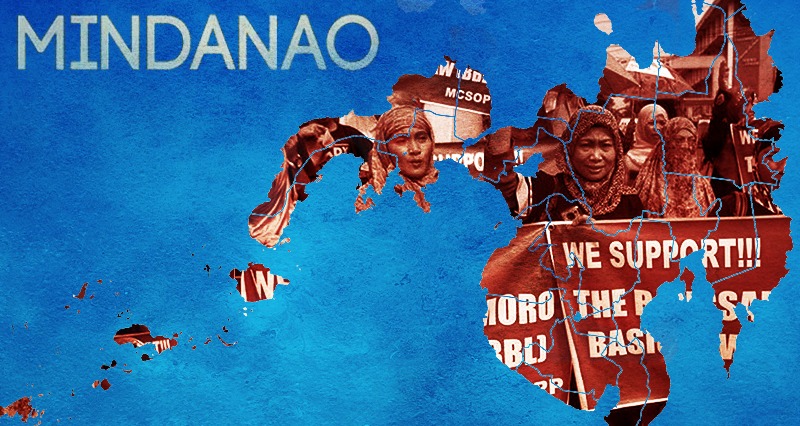
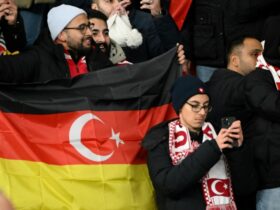
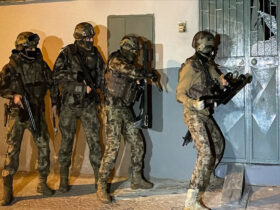

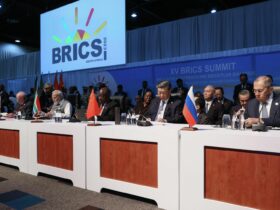
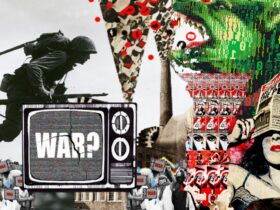
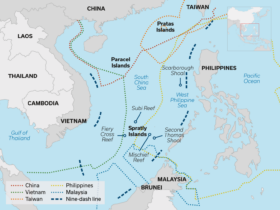
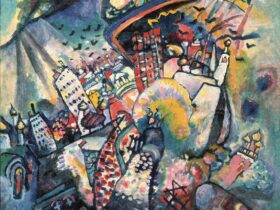
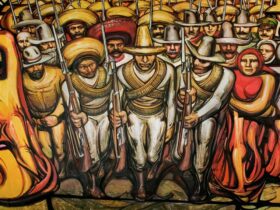

Leave a Reply